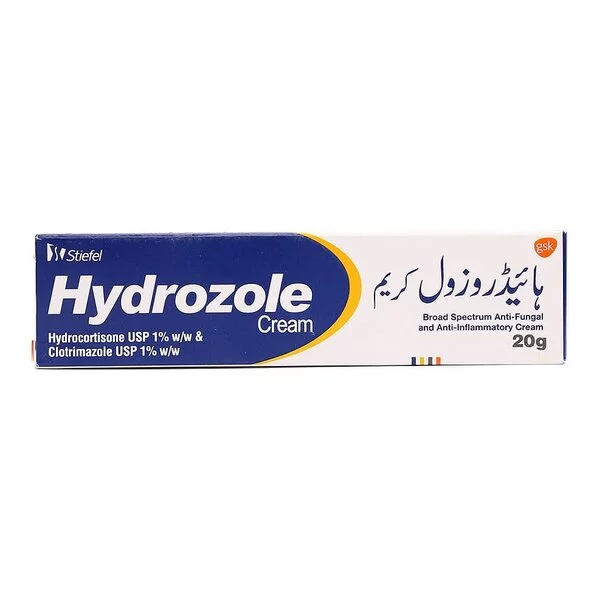Smile is reflected as a gesture of kindness and is generally considered as a good deed that a person does for people around him/her. Smile is thus a very important part of someone’s identity and can make or break a person’s personality. Everyone wants to have a perfect smile but for some people dental abnormalities can become a big barrier in this perfection. Luckily there are lots of ways to straighten your teeth.
Misaligned teeth, or ‘malocclusions’ are not just a cosmetic problem; they also contribute towards low confidence and self-esteem, and might impair dental function, causing pain and difficulty while chewing. Gone are the days when you had to suffer through social events, tight lipped, lest someone see your misshapen teeth.
Although, we believe that everyone looks stunning when they smile regardless of what their teeth look like, but sometimes internal insecurities and societal backlash can really put someone’s confidence to the extent that they might get depressed. If you feel like you need to straighten your teeth to feel good about yourself then fear not, there are ways to help solve your problem.
From traditional braces to dental implants, the following list contains three doctor recommended ways to straighten your teeth. These solutions work for all malocclusions: slight, mild and severely crooked.
Table of Contents
1- Braces
Braces is probably the most popular way that can help you straighten your teeth. They are not only popular but quite effective too. The earlier the age at which you get braces, the better are the chances that your teeth will eventually align perfectly but that does not mean that adults cannot get braces.
Synonymous with ‘teeth straightening’, a variety of alignment brace options are now available, depending upon your preference and level of correction required.
Fixed Orthodontic Braces
These classic wire-and-bracket contraptions, despite being extremely painful and unsightly, are most effective when a greater degree of teeth rotation and movement is required in complex cases. Straightening is achieved by applying cemented metal brackets connected by thin wires and fixed to individual teeth via rubber bands or built-in locks, with periodic tightening over 2-3 years. They are usually common among teenagers.
Lingual Braces
With the same mechanism as fixed braces, they are fixed to the back of the teeth instead, which hides them from plain sight, but also requires longer adjustment periods.
Invisalign
Popular among adults, they comprise of custom-made clear plastic aligner trays designed using 3D technography for a near-accurate fit. Invisalign braces are used for 1-1 ½ years with regular fittings to gently ease the teeth into alignment. Though not very suitable for fixing complex issues, they are removable, easy to clean and reduce the pain of eating.
Inman Aligners
A cross between fixed braces and Invisalign, this removeable wire-and-bracket solution mirrors tooth colour. It has a 6-month time period-making it good for minor to slightly complex correction-and is a cheaper alternative to Invisalign.
Damon Braces
Ideal for minor fixes with a 20-week operational period, Damon braces are a ‘frictionless’ alternative to fixed and lingual braces; reducing irritation due to the absence of elastic ties.
2- Non-Surgical Straightening
Teeth straightening with or without braces will improve your appearance and with it, your confidence too. But teeth straightening without braces specifically has other benefits including
- It is usually invisible, impacting less on your social and business life
- It is often faster than with braces, sometimes even instant
- In all cases, it’s easier for eating
Theses procedures range from visual to permanent straightening:
Veneers
As a cheaper alternative to braces and surgery, small misalignments in one or a few teeth are fixed by applying porcelain tooth-shaped shells over partly shaved teeth to present an illusion of straightness in 1-2 sittings.
Crowning
Crowns are dental implants used to visually fix alignment imbalance without the use of braces. However, slight misalignments might be fixed by the application of straight crowns.
Composite Bonding
Like veneers, tooth-coloured resins called ‘composites’ are placed over uneven teeth to achieve visual symmetry. While painless and very cheap, composites are prone to stains, chipping, breaking and aren’t as long-lasting as crowns or veneers.
3- Surgical Straightening
Also known as Orthognathic Surgery, it is employed when jaw misalignment and under- or overbite problems, resulting in sleep apnea or chewing and speech issues-are the underlying causes of dental malocclusions. It is a minor procedure which involves the surgical movement of gum and bone positions by an Oral and Maxillofacial Surgeon to allow them to fit in together. Braces are also required before and after surgery for comparatively shorter periods of time in most cases.
Whatever the cause, if teeth misalignment is costing you, your social life or is also disrupting daily actions, you should definitely consult a doctor to ponder upon the ways to straighten your teeth.
You can Book and Appointment with a top Orthodontist in Islamabad, Lahore and Multan through oladoc.com. You can also call our helpline at 042-3890-0939 for assistance to find the RIGHT Doctor for your dental needs.






